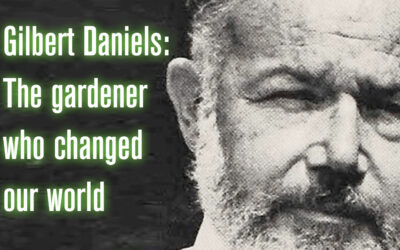I received an email out of the blue from Nikita Prokhorov, a freelance graphic designer and assistant professor of graphic design from Connecticut. Nikita runs a blog devoted ambigrams, but in a different kind of way. As the email said, the blog is “devoted to the art and process behind ambigrams. It’s not meant just to showcase ambigram work, but rather explore each artist’s individual process & approach to ambigrams.” What a great idea.
You can access the blog by going to http://ambigramblog.blogspot.com/. Nikita has managed to get interviews with some of the top ambigrammists (John Langdon and Scott Kim are featured) and has lots of examples for people to see. What is wonderful is the emphasis on the creative process, rather than the final product. A well created ambigram is a coherent and elegant whole and can appear almost magical. Breaking down the process (the techniques, the tricks, the flashes of insight and the mechanics) can offer insight into broader issues of creativity and human ability. Douglas Hofstadter has called the process of creating ambigrams as being a “microdomain” for the study of creativity and it seems to me that Nikita’s blog offers a series of fascinating case-studies of this.
Many years ago I actually conducted a study (with Beena Choksi) on the creative process of developing ambigrams. We got novices into the lab and asked them to play with creating ambigrams of specific words we gave them. What was interesting was that people’s relative success (or enjoyment) with the task depended greatly on how they defined creativity. Those who defined creativity as a kind of “play with ideas and images” had more success and fun with the task than those who defined creativity as being a kind of personal expression. We never did publish the study but it was presented at a couple of conferences. I will try and dig that out to share with a wider audience.


yasemin ambigram pls